The Neural Substrates of Affective Processing in Depressed Patients Treated With Venlafaxine
Abstract
Method
Subjects
Stimulus Selection
Paradigm
Diagnostic and Experimental Sessions
Medication Administration
Paper-and-Pencil Instruments
Stimulus Presentation and Apparatus
Image Acquisition
Data Preprocessing
Single-Subject Analyses
Group-by-Time Interaction Analyses
Self-Report and Hamilton Depression Scale Correlates
Results
Self-Report and Symptom Changes in Patients
fMRI Data: Group-by-Time Interactions
Baseline Valence and Group Effects
Relationship Between MR Signal and Symptom Change
Discussion
Caveats and Limitations
Conclusions

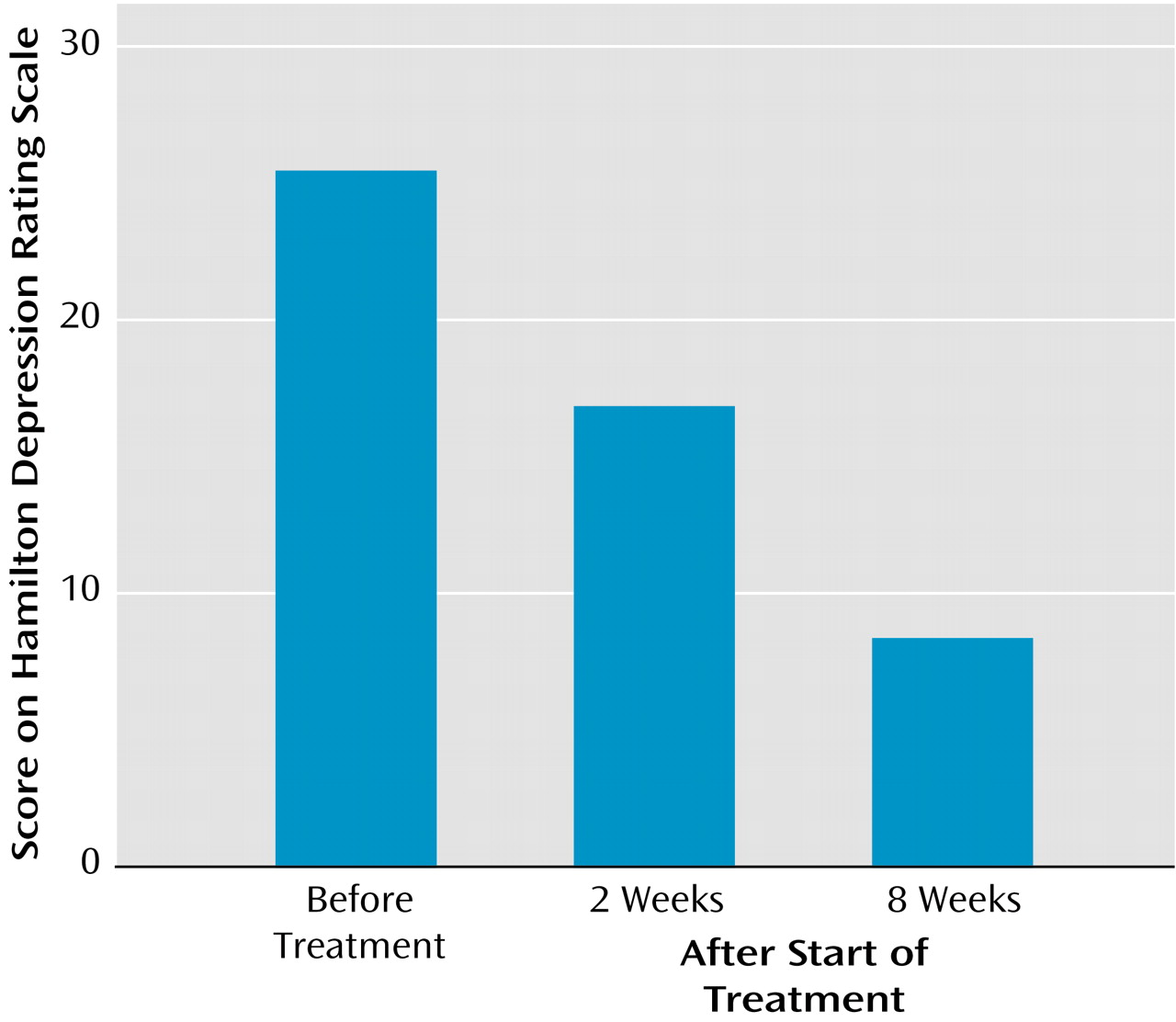
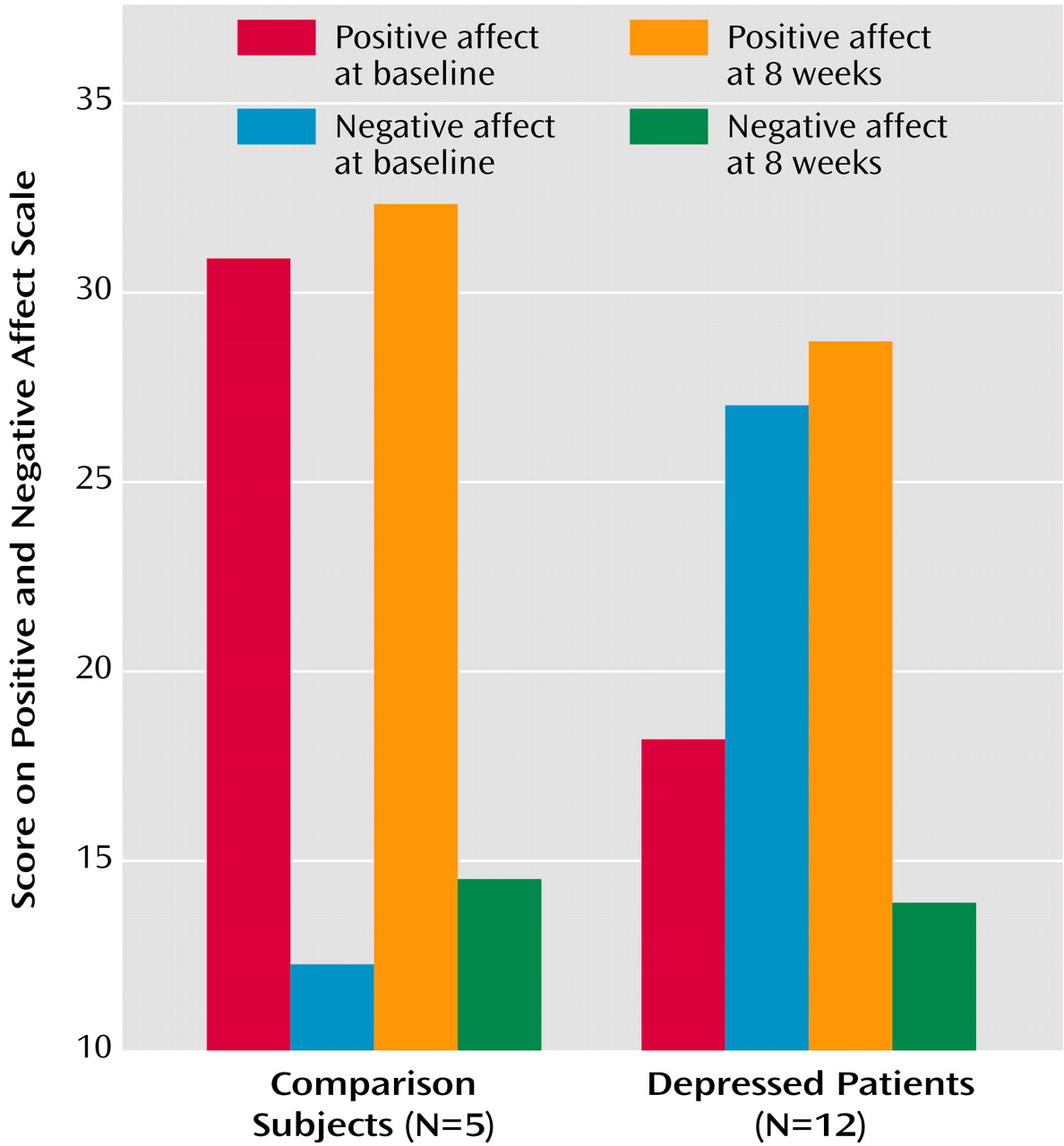
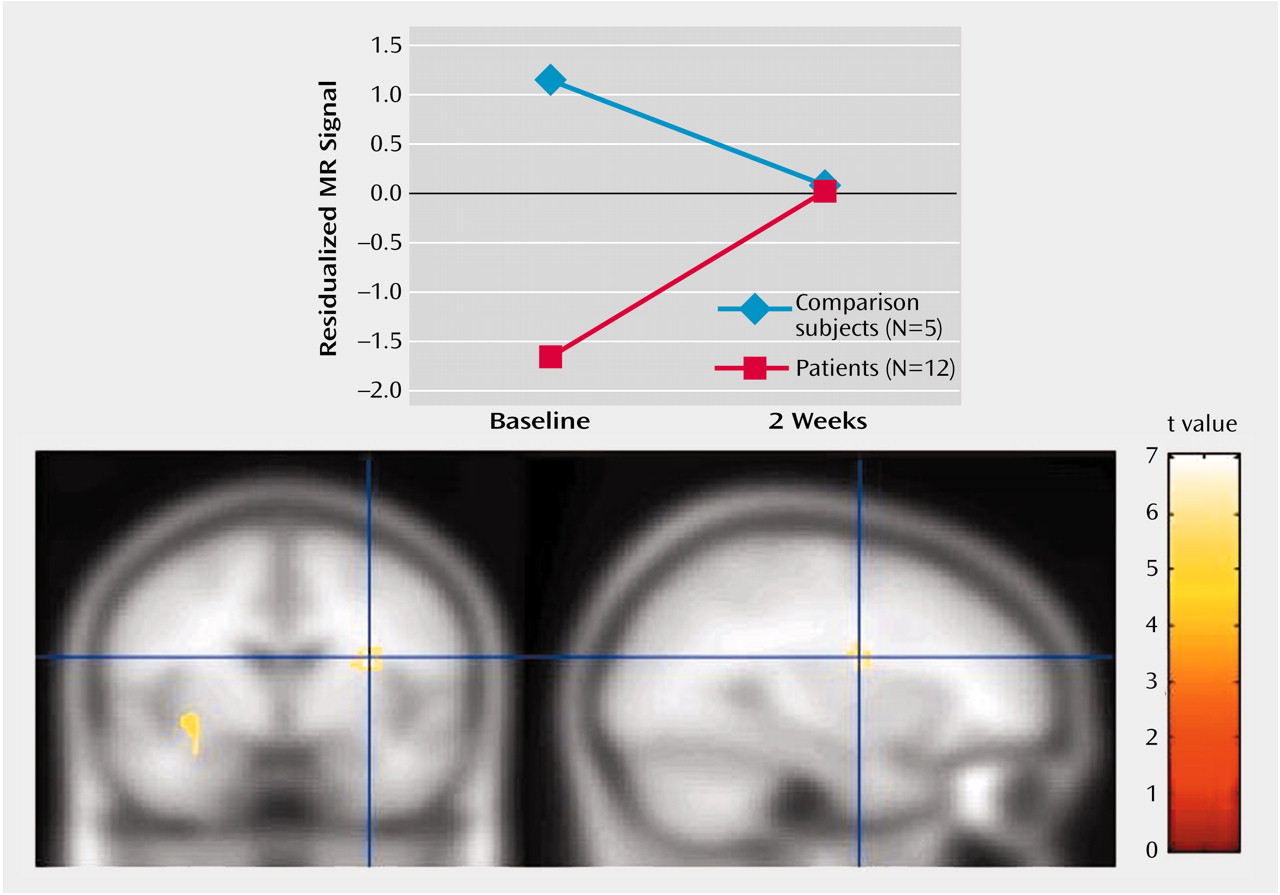

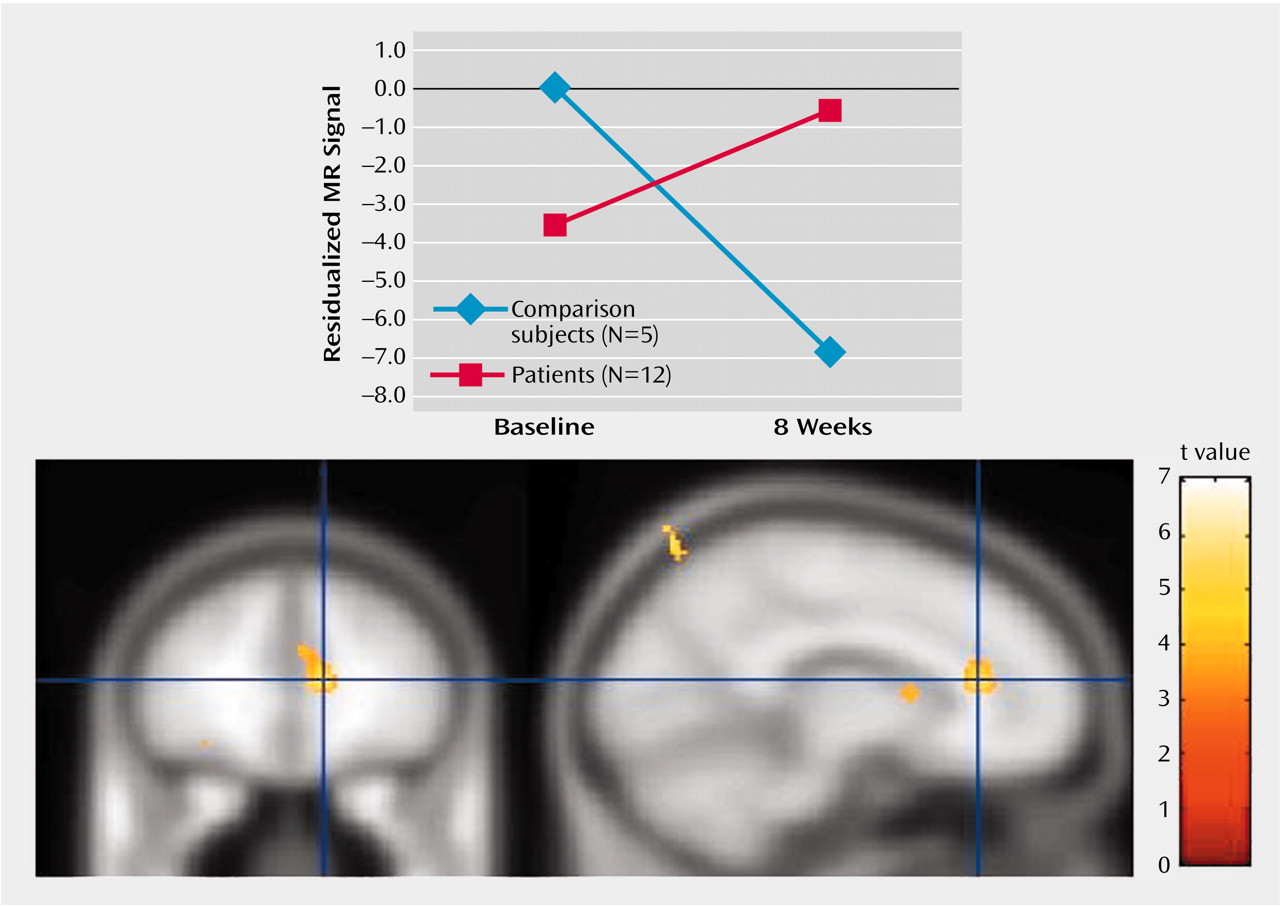
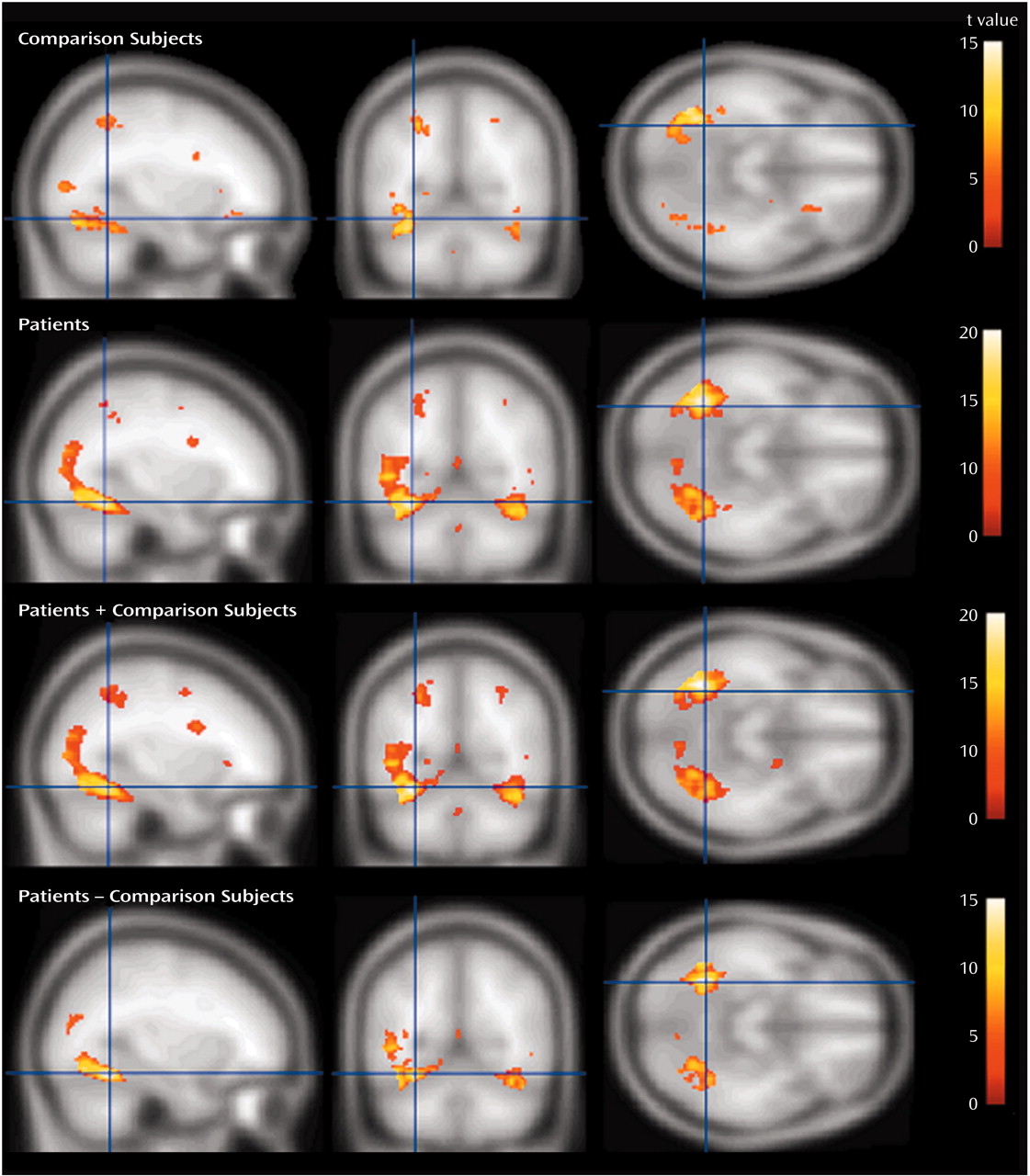
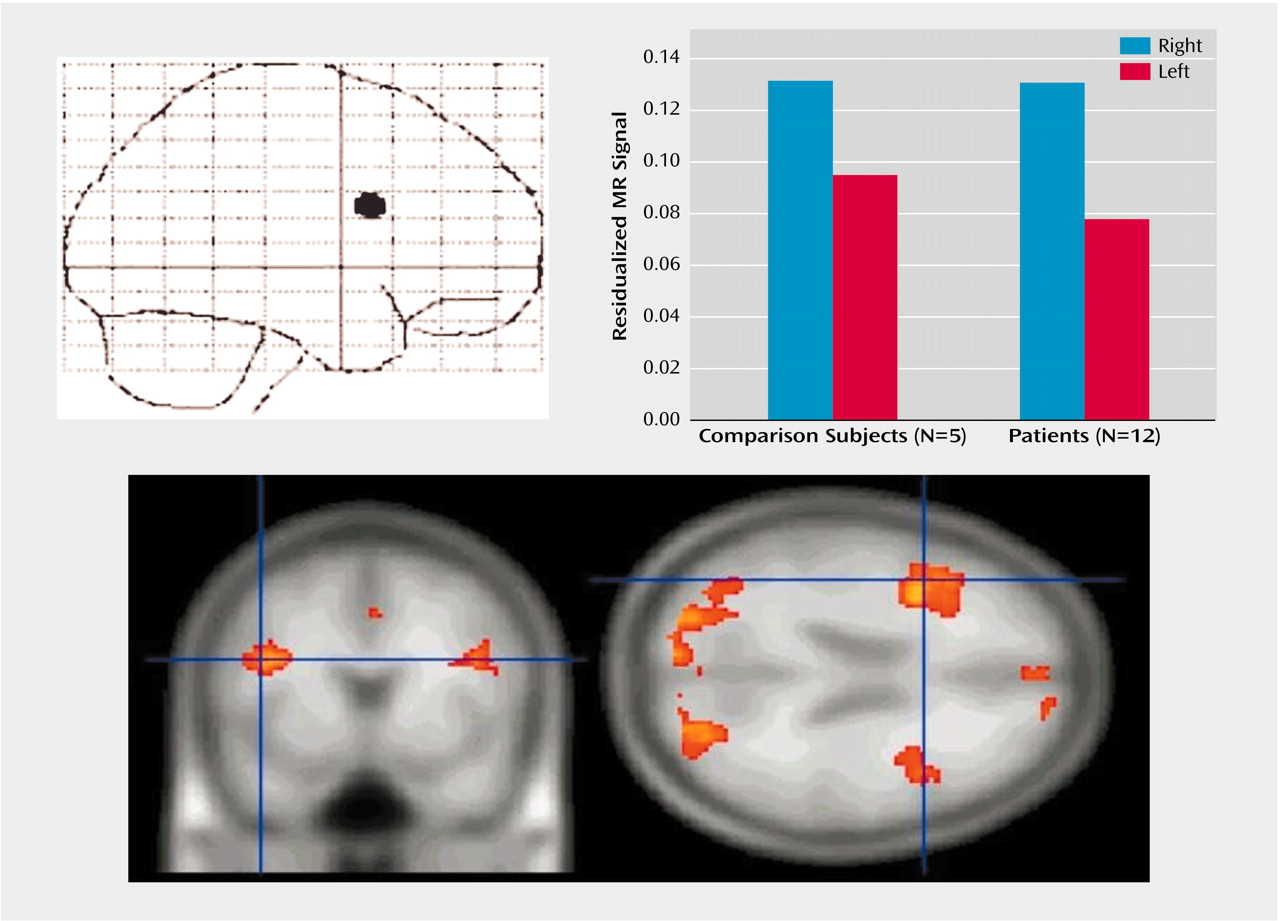
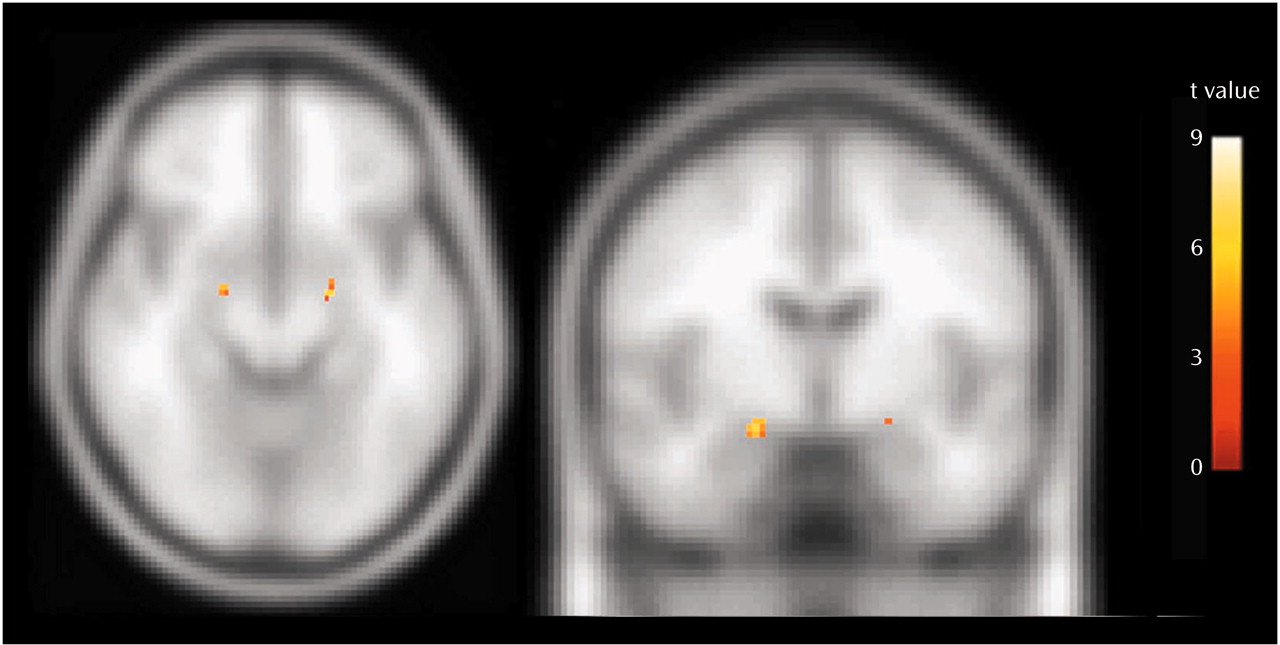
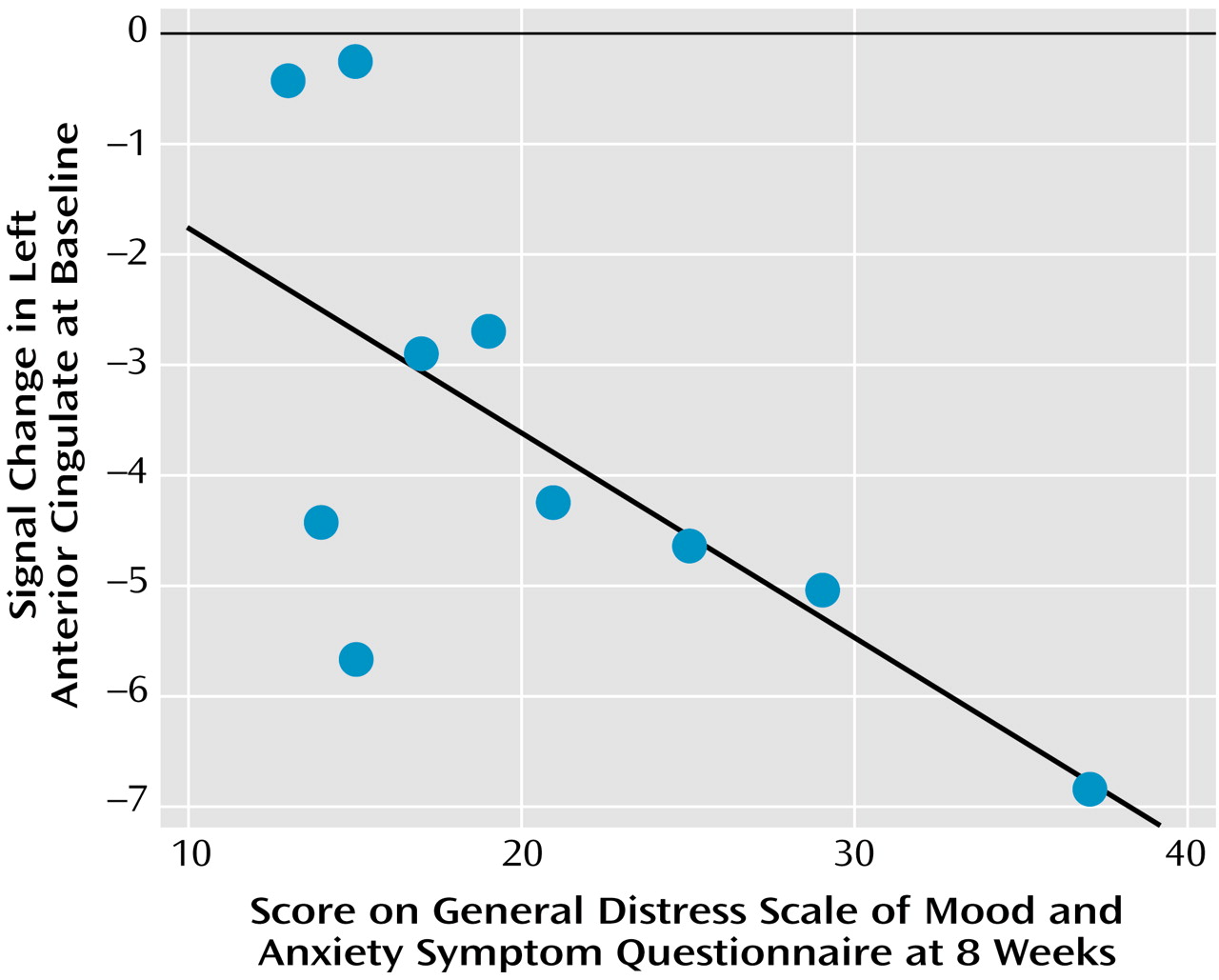
Footnote
References
Information & Authors
Information
Published In
History
Authors
Metrics & Citations
Metrics
Citations
Export Citations
If you have the appropriate software installed, you can download article citation data to the citation manager of your choice. Simply select your manager software from the list below and click Download.
For more information or tips please see 'Downloading to a citation manager' in the Help menu.
View Options
View options
PDF/EPUB
View PDF/EPUBLogin options
Already a subscriber? Access your subscription through your login credentials or your institution for full access to this article.
Personal login Institutional Login Open Athens loginNot a subscriber?
PsychiatryOnline subscription options offer access to the DSM-5-TR® library, books, journals, CME, and patient resources. This all-in-one virtual library provides psychiatrists and mental health professionals with key resources for diagnosis, treatment, research, and professional development.
Need more help? PsychiatryOnline Customer Service may be reached by emailing [email protected] or by calling 800-368-5777 (in the U.S.) or 703-907-7322 (outside the U.S.).

